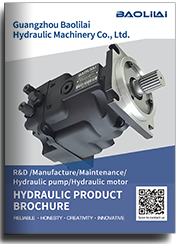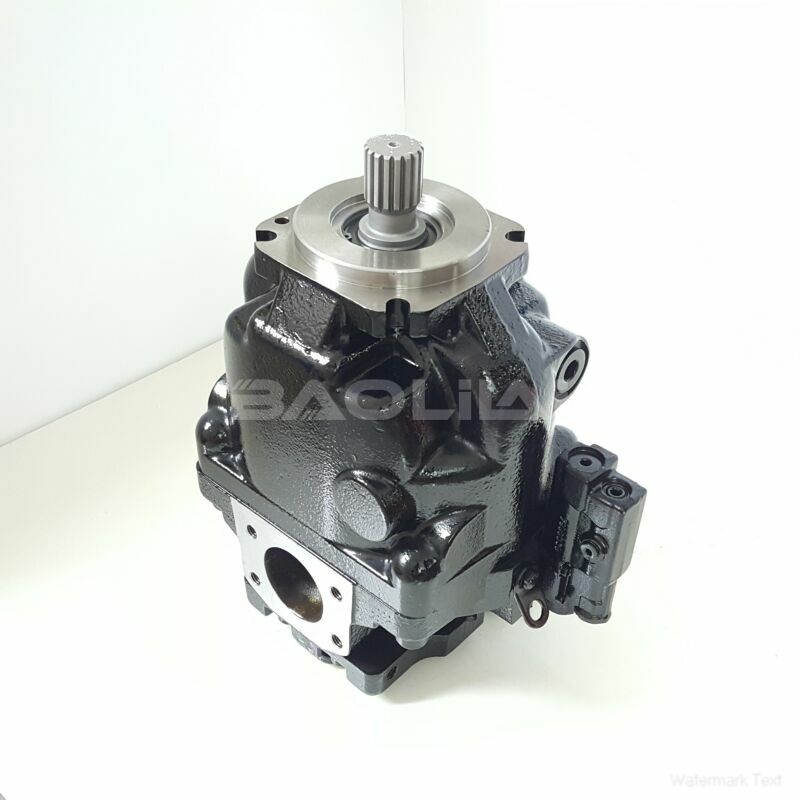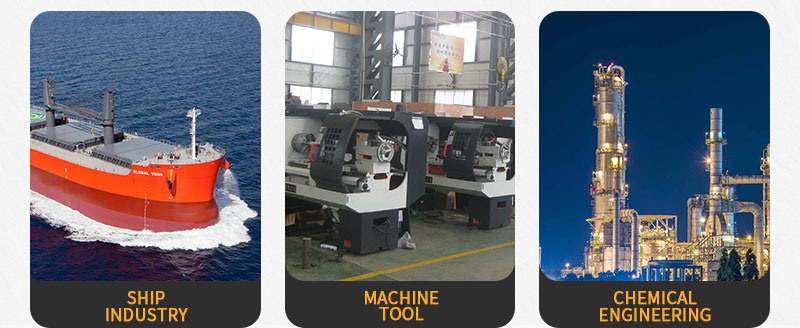ERL130BBB3117NNN3S1TPA1NNNNNNNNNN piston pump
ERL130BBB3117NNN3S1TPA1NNNNNNNNNN piston pump

- Product Details
- Applicable Scene
Another important aspect is to ensure adequate cooling. Plunger pumps can benefit from external cooling systems, especially in high-temperature applications. Consider integrating heat exchangers or cooling jackets into the pump design to dissipate excess heat. Always ensure that the cooling system is functioning effectively and is maintained regularly.
ER-L-130B-BB-31-17-NN-N-3-S1TP-A1N-NNN-NNN-NNN
ERL130BBB3117NNN3S1TPA1NNNNNNNNNN
Proper fluid handling is also essential in preventing overheating. Ensure that the fluid being pumped is suitable for the pump and does not contain abrasive particles that could cause wear and increase heat. Additionally, using a fluid with a lower viscosity can help improve the pump’s efficiency and reduce operating temperatures.

83012166
Lastly, train personnel on proper operating procedures. Ensuring that employees understand how to operate and maintain the pump correctly is crucial for preventing issues that can lead to overheating. Provide training that emphasizes the importance of monitoring performance and identifying potential problems early.
In conclusion, preventing overheating in plunger pumps involves a combination of proper sizing, regular maintenance, effective lubrication, temperature monitoring, adequate cooling, fluid handling, and training personnel. By taking these preventive measures, you can ensure the longevity and efficiency of your plunger pumps while minimizing the risk of overheating-related issues. Implementing these strategies will not only enhance pump performance but also contribute to the overall reliability of your operational processes.





